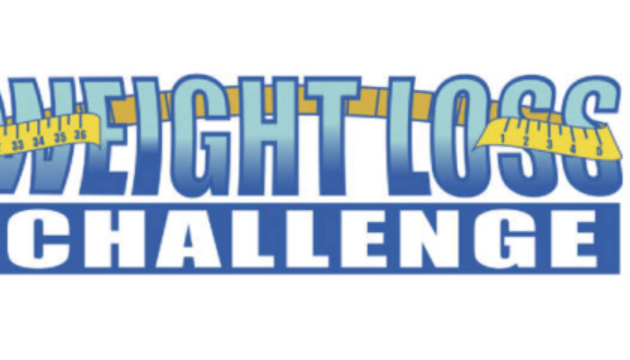A healthy diet consists of a lot of different factors and finding balance between food groups. Meat and seafood both provide high levels of protein as well as vitamins, minerals and healthy fats. But not all of these foods are equal – some are higher in saturated fats and calories, while some are more lean and have a high content of healthy fat. Healthy fats are monounsaturated and polysaturated fats, which are essential to reducing your risk of heart disease and stroke, and they help lower your cholesterol. One type of polysaturated fats is Omega 3 fatty acid, one of the most well known healthy fats.
When it comes to weight loss, you always want to choose lean and clean over fatty and saturated. That’s why meats like bacon and beef aren’t as good for your health and weight loss as grilled chicken and most fish and seafood. In general, fish is better for a healthy lifestyle because even though some options are higher in calories than others, they are still cleaner than a lot of meats. Take a look at the many benefits and nutrients in some of the most popular and healthy seafood options.
Salmon
Salmon is one of the most well know varieties of healthy fish that can be found at any supermarket or restaurant. It can be prepared a number of ways, but in general the best way to prepare it is to make sure that you keep it moist and tender. Right now happens to be a great time for salmon – it is currently in season (midsummer). Salmon is best known for it’s Omega 3 content and protein, but it is also high in vitamins B12, D, B3 and B6 and a number of minerals. In a 6oz serving of salmon, 80% of the fat content comes from heart healthy monounsaturated and polysaturated fats. The same serving size of beef sirloin has more fat, but only half of that is made of healthy fats. So not only are you getting less healthy fats, you are also getting a ton of saturated fats with the beef option.
Tuna
Tuna is a little more common than salmon, especially when it comes to picky eaters. Many people prefer the taste and like it’s simplicity and versatility. It can be eaten on crackers or lettuce wraps, or made into tuna salad or some even like to eat it plain or raw. When preparing tuna fish at home, rinse the fish under cool running water then pat dry before cooking. Like salmon, it is high in vitamins B3, B12, B6, D and protein and minerals like potassium and magnesium. B12 is required for red blood cell formation and other important bodily functions. B6 is essential to our body’s neurotransmitters, brain development and it helps the body make hormones. Tuna has the highest content of vitamin B3 out of all varieties of meat and seafood – this vitamin helps support adrenal function (hormones), maintain your nervous system and is essential to metabolizing carbohydrates and fats. When it comes to the health benefits of canned vs. fresh tuna, there isn’t much of a difference. Just be careful of the sodium content of canned tuna, and look to see if the fish is packed in oil or water.
Other Fish – Rainbow Trout & Striped Bass
This species of trout is a little less common but should definitely find its way onto your plate for many reasons. It has a mild flavor, so it’s a great option for people who don’t like salmon and it is delicious grilled or broiled. It is a great source of protein, Omega 3’s as well as B12 and B3. It is also low in sodium, saturated fat and cholesterol. Farmed trout is better than fresh – being raised in fresh water means it contains less contaminants and pollutants, including mercury. The same goes for striped bass, it is better farmed – wild striped bass has a high level of mercury so be sure to avoid it when possible. Striped bass is also high in Omega 3’s and B12. It known for being another great low calorie high protein option. Most of the fat in striped bass are healthy fats.
Shellfish (Lobster, crab, shrimp, clams, oyster, mussels, etc.)
Different shellfish, and even different types of the same variety, contain different levels of benefits, but in general the ones we are listing are a good source of Omega 3’s and other minerals and vitamins and also low in mercury. Oysters are the highest in protein, and they are also know for their high zinc levels (immunity). Oysters are followed by mussels then clams then shrimp, lobster and crab in the list of protein content from higher to lower. Alaskan crabs are also high in those all-important Omega 3’s and are lower in calories. They also contain a high amount of zinc and B12. Different shellfish also have different levels of fats – mussels, shrimp and crab being on the higher end. Clams are on the lower end in terms of fat and contain a good amount of Omega 3’s. They are also know for their high level of iron (about 3x the daily recommended amount of iron). In general, lobsters are still high in the benefits of other shellfish (Omega 3’s, B12, zinc) but they should be enjoyed in more moderation because of their cholesterol count.
The important thing to remember is everything in moderation – everything has a serving size for a reason. Just because something is healthy and good for weight loss that doesn’t mean that it can be eaten without care and consideration. But when consumed in the right way, seafood is a delicious, important and healthy part of anyone’s diet.
~Love to Live Healthy with Josephine Fitzpatrick
Innovation Weight Loss and Fitness
8031 Jericho Tpke Woodbury, NY 11797
469 7th Ave Manhattan, NY 10018




